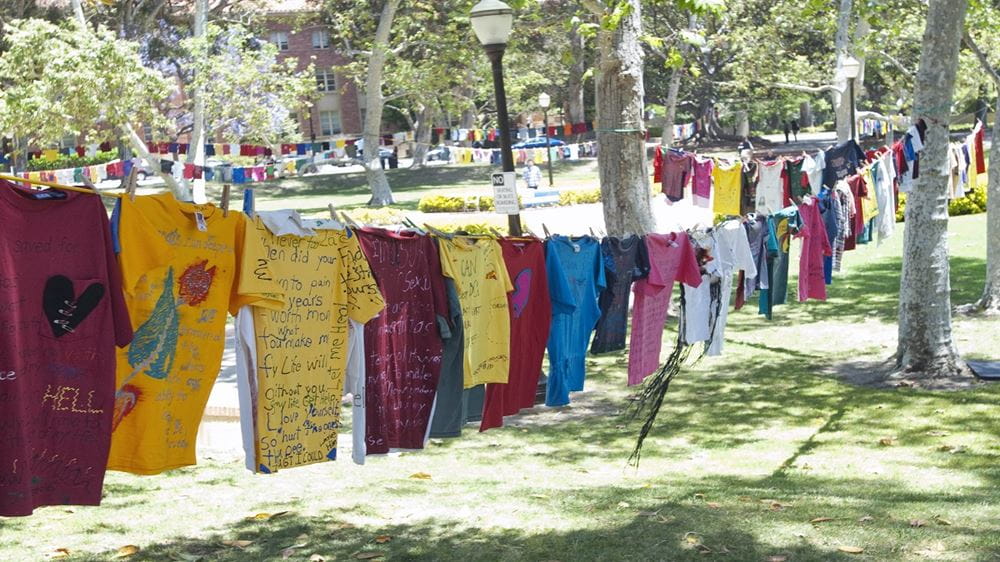Love your clothes – Sustainable Fashion

Research by the Waste and Resource Action Programme (WRAP) has shown that increasing the active life of all clothing by nine months would reduce the annual carbon, water and waste footprints of UK clothing by 20-30% each piece of clothing. This means that your clothes last longer and you can save money on buying new ones.
The clothes industry accounts for about 10% of global carbon emissions and up to 20% wastewater.
Cotton is usually grown in dry environments. Producing one kilo of cotton requires up to 10,000 litres of water equivalent to 10 years’ drinking water for one person.
We want people to think more carefully about the need for new clothing as it comes at a cost for you and the environment.
Here are some things you can do to extend the life of your clothing, you can save money on buying new clothes:
- Read the tag – wash your clothes to the care instructions. Check the label before you buy. If something is high maintenance when it comes to washing and has to be washed on its own it should not be bought at all. Try to avoid dry cleaning.
- Smell it – smell your overshirts, jumpers shorts and jeans. Not every piece of clothing needs to be washed after every wear. If it is not visibly dirty, try hanging it up, inside out, or hang it outside to air out for a couple of hours.
- Treat stains straight away - Love Your Clothes have some great tips for this
- Zip up your zips before putting them in the washing machine, and unbutton your buttons. Zips can snag on other clothes.
- Protect dark colours from fading – wash in cold water and use a mild detergent and one cup of vinegar per load. Vinegar keeps darks from fading
- Dry by air and not the tumble dryer – not only does the tumble dryer use lots of energy and is expensive but it can cause extra lint to be removed.
- Fold your clothes if you can rather than hanging
Did you know?
Some jeans are now made with the material elastane in them which comes from plastic. This reduces recyclability and increases the environmental impact.
The most common used fabric is synthetic polymer polyester. Around 70 million barrels of oil are used to make polyester fibres. A piece of clothing made from polyester has double the carbon footprint compared to one made from cotton.
Recycled polyester fabric can help to reduce carbon emissions. However it is not a long-term solution, as polyester takes a long time to decompose and its microfibres escape into the environment.
Head to the Love your clothes website they have put together lots of tips on how to extend the life of your clothes and help keep your carbon footprint down, it can also help save money.
They have lots of great videos and blogs to show you how to repair your clothes too, from how to replace a broken zip pull, a ripped belt loop and how to shorten a stretched strap. They have put together a best buy guide too.
A simple way to reduce the footprint from online shopping then is to only order what we really want and intend to keep
Buying second hand clothes is a cost effective way of reducing your carbon footprint and reducing the amount you spend on clothes. The SU run a clothes exchange during term time keep an eye out on their events page, you can also check out local charity shops and Vinted.
